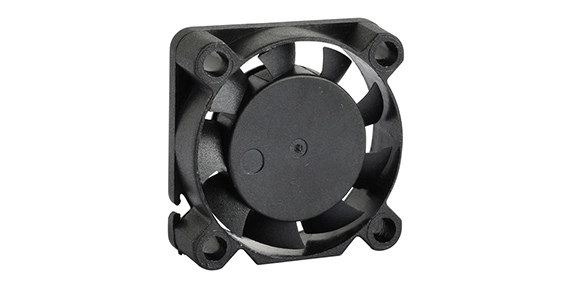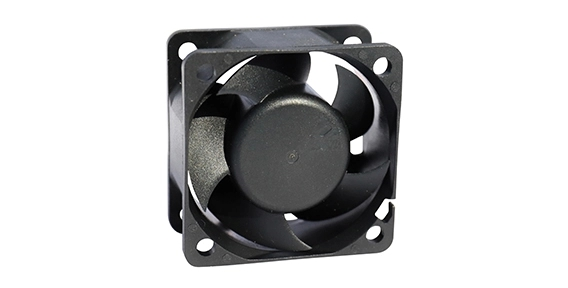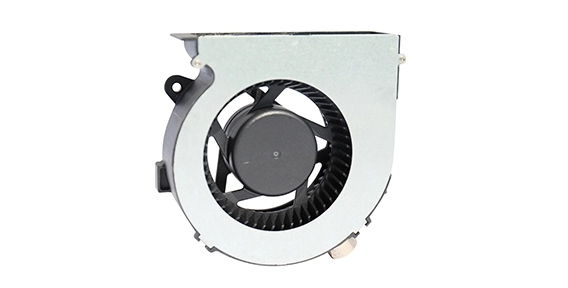The evolution of technology has ushered in a new era of innovation, particularly in the realm of electronics cooling. DC blower fan blades, a crucial component in maintaining optimal temperatures, have undergone significant transformations with advancements in material technology. This exploration delves into the cutting-edge materials shaping the future of DC blower fan blades and their impact on cooling efficiency.
The Foundation: Materials Revolutionizing DC Blower Fan Blades
At the core of every DC blower fan's performance lies the material composition of its blades. Traditionally, fan blades were crafted from metals or basic polymers, limiting their efficiency and adaptability. However, the recent surge in material science innovations has given rise to a new generation of fan blades that redefine the standards of cooling technology.
These novel materials offer a blend of lightweight construction, durability, and enhanced thermal conductivity, all critical attributes for optimizing the performance of DC blower fans. The integration of advanced materials ensures that these blades can efficiently dissipate heat while maintaining the structural integrity required for consistent and reliable operation.

Nanocomposites: Pioneering Precision in DC Blower Fan Blades
One of the standout innovations in material technology for DC blower fan blades is the incorporation of nanocomposites. By infusing traditional blade materials with nanoscale particles, manufacturers achieve a remarkable improvement in strength, thermal conductivity, and resistance to wear. This translates to blades that can withstand the rigors of continuous operation while effectively managing heat dispersion.
Nanocomposite-based DC blower fan blades are particularly advantageous in applications where space constraints demand compact and efficient cooling solutions. The axial cooling fan mechanism, when paired with nanocomposite blades, ensures precise and effective heat dissipation, making them a preferred choice for modern electronic devices ranging from laptops to servers.

Shape Memory Alloys: Shaping the Future of DC Blower Fan Efficiency
Shape memory alloys represent a groundbreaking innovation in material technology for DC blower fan blades. These alloys possess the unique ability to return to a predefined shape after deformation, allowing for dynamic adjustments in blade geometry. This adaptability results in enhanced aerodynamics, enabling the blades to optimize airflow and cooling efficiency based on real-time thermal conditions.
The integration of shape memory alloys in DC blower fan blades is especially beneficial in environments with fluctuating heat loads. The axial cooling fan design, coupled with the responsive nature of shape memory alloys, ensures that the fan adapts to varying cooling demands, providing an efficient and tailored solution for diverse electronic systems.
Considerations and Advancements in DC Blower Fan Technology
When evaluating the innovations in material technology for DC blower fan blades, several considerations come into play. The choice of materials depends on factors such as the intended application, temperature requirements, and space constraints. Manufacturers are continually pushing the boundaries of material science to create blades that strike the optimal balance between weight, strength, and thermal conductivity.
As technology progresses, the integration of smart materials and advanced composites into DC blower fan blades is poised to redefine the landscape of electronics cooling. The axial cooling fan, with its versatile design, continues to be a key player in these innovations, adapting to the evolving demands of modern electronic devices.
The trajectory of innovation in material technology for DC blower fan blades points towards a future of heightened efficiency and sustainability. As materials become more resilient and thermally conductive, the performance of these cooling solutions will reach new heights. The synergy between the axial cooling fan mechanism and cutting-edge materials underscores the pivotal role that DC blower fans play in the ongoing quest for enhanced electronics cooling solutions.
In conclusion, the innovations in material technology for DC blower fan blades are propelling the industry into an era of unprecedented efficiency and adaptability. The marriage of advanced materials with the axial cooling fan design is revolutionizing electronic cooling, ensuring that future devices operate reliably and sustainably in an increasingly demanding technological landscape.

 EN
EN 
 +
+
 +
+
 +
+



